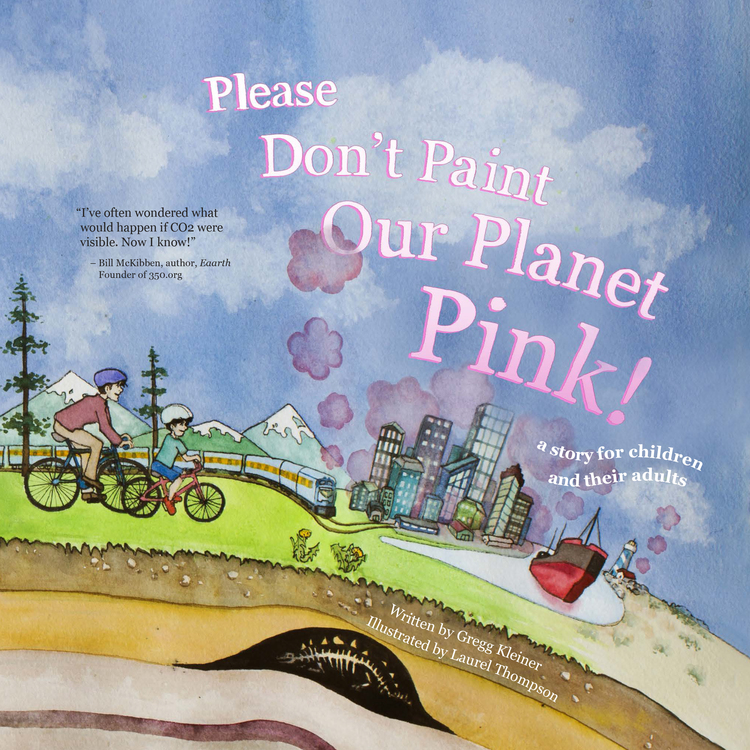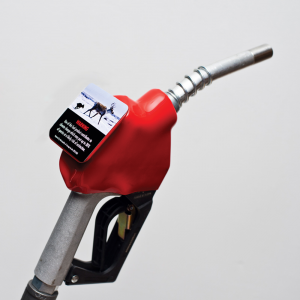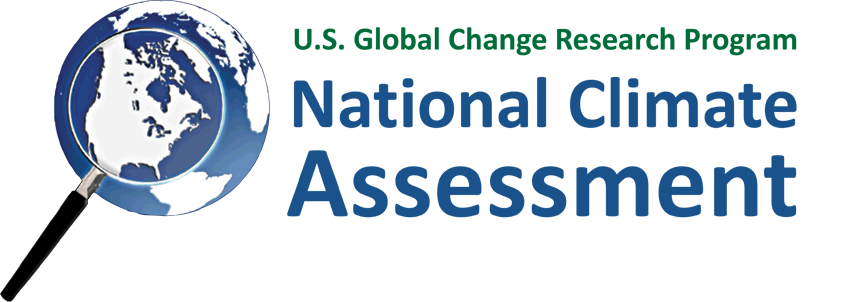I was getting too old for my bike.
Not that I'm getting too old for biking. Let me explain.
My trusty bike is a Canondale that has been with me for twentyfive years now, and on which I spent happy days with my friends, tearing up the trails in the woods.
The bike easily accommodated my children when they came: first in a baby seat that I hung from the handlebars, then in a child seat on the back. I have two Dutch bikebags that I hang from the luggage rack, for errands to the library, the grocery store, etc.. The only thing you have to be careful about is that the Canondale, with its aluminum frame, is considerably lighter than a standard Dutch bike, so you have to be more careful balancing cargo - such as a baby at the handlebars.
About those handlebars. You know how mountain bikes have straight handlebars? It gives you better handling on rough terrain.
But I'm never on rough terrain any more. And the straight handlebar, not exactly ergonomic, was starting to hurt my wrists. Leaning on them while biking doesn't help that at all. Also, as I'm getting older I find that I'm less comfortable leaning over: I feel much better balanced on a Dutch bike that allows you to sit up straight.
I considered importing a Dutch bike. CelloDad told me I was crazy. And he has a point. A good Dutch bike of old-fashioned quality is not a cheap item, and then you have to get it over here somehow.
But I did the next best thing: bought myself a Dutch handlebar this summer. Dutch bike shops have a selection of them, with varying widths and different curvature. A handlebar is much cheaper than a whole Gazelle bike, and you can carry it inside a suitcase. Last week, I finally made it to a local bike shop, the haunts of one of my rideshare children; they did an expert job of installing the handlebar.


















































